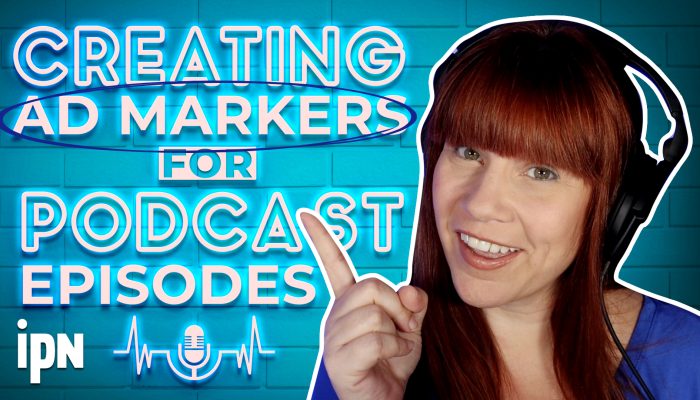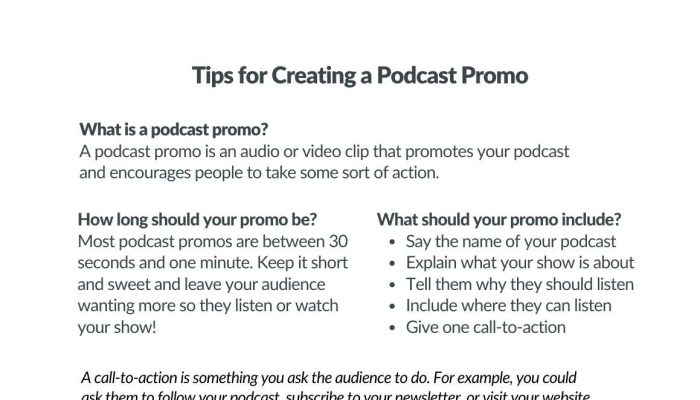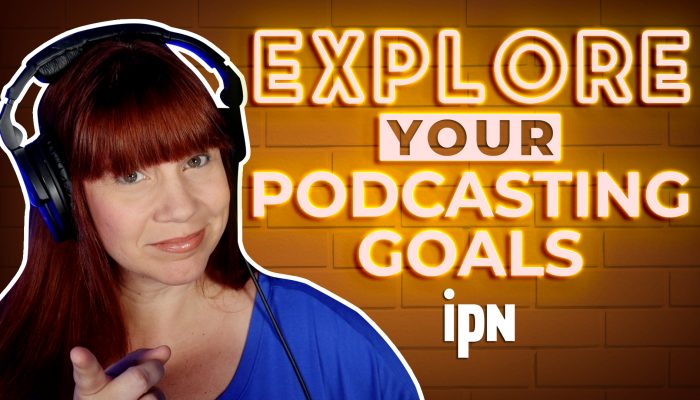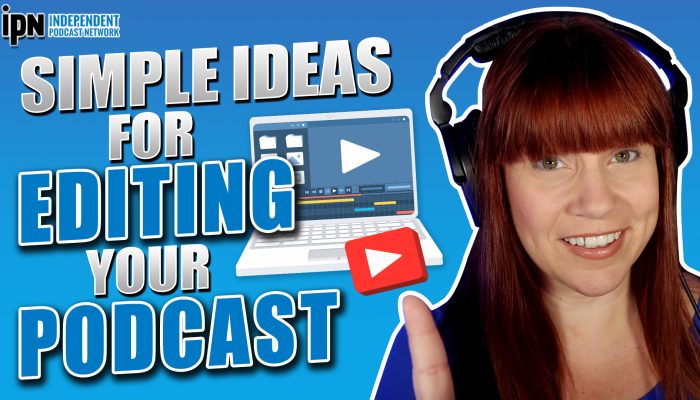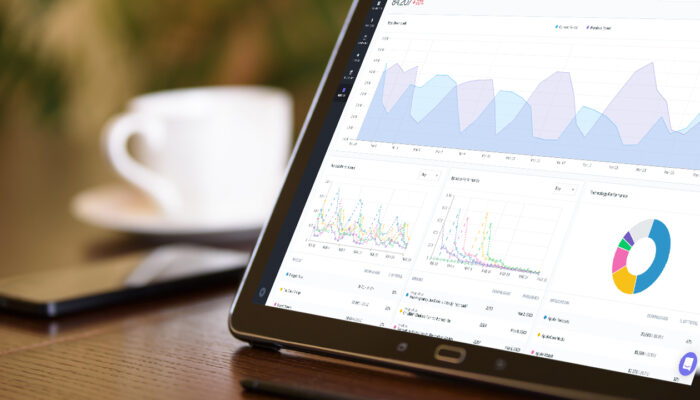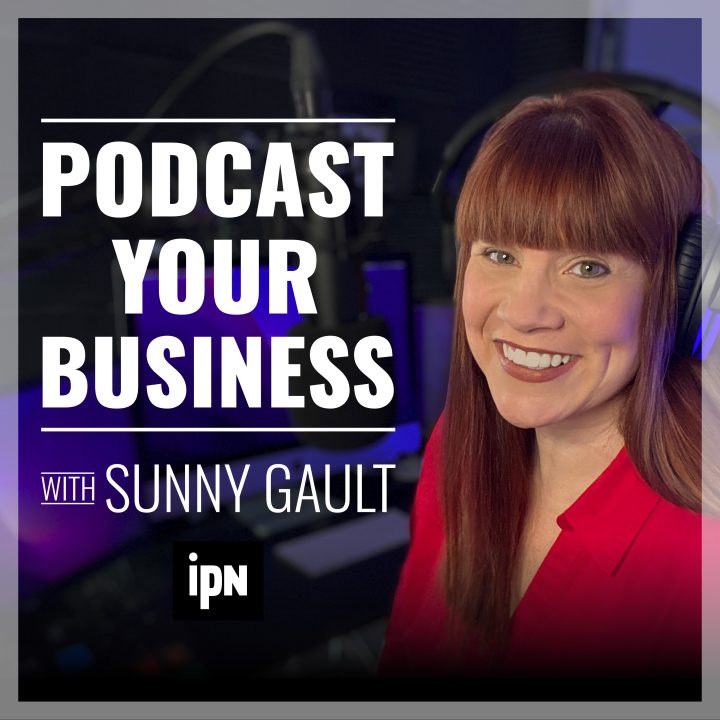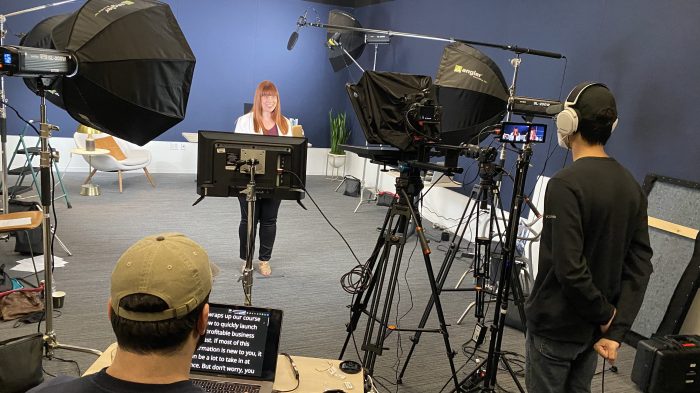
Let’s face it – there are a ton of podcasts out there. Like, millions of them. And while that might sound intimidating, don’t worry! Making your podcast discoverable isn’t rocket science. It’s all about knowing where and how people find new podcasts, then putting your show right in their path.
What is Podcast Discoverability?
Discoverability isn’t about tricking algorithms or gaming the system. It’s about making it super easy for your perfect listeners to find their way to your show. Focus on creating great content, packaging it well, and putting it where your audience hangs out. Do that consistently, and you’ll be amazed at how your listener base grows.
To simplify it, you can think of podcast discoverability as a three-part recipe. You need:
- A technically sound show (the basics)
- Amazing content (the meat)
- Smart distribution (getting it out there)
Miss any of these ingredients, and you’re making it harder for potential fans to find you. But nail all three? That’s when the magic happens.
Optimizing Your Podcast Metadata
Let’s get into the nitty-gritty of metadata – your podcast’s secret weapon for discoverability. Don’t let the technical term scare you off. Think of metadata as your show’s digital DNA. When done right, it helps your perfect listeners find you without breaking a sweat. It includes everything from your episode titles to the categories and subcategories you label your show as.
Follow these five tips to make sure all of your metadata boosts your podcast’s discoverability instead of harms it:
- Update regularly: Fresh metadata helps with discoverability
- Be consistent: Use similar keywords across episodes
- Check competitors: See what works in your niche
- Track performance: Monitor which titles and descriptions get more plays
- A/B test: Try different approaches and see what sticks
And above all else, remember the golden rule: Every piece of metadata should serve both your listeners and the algorithms. If you’re writing something purely for search engines, you’re doing it wrong. Keep it human, keep it relevant, and keep it valuable.
Submitting Your Podcast to Directories
Think of podcast directories as the streaming platforms of the podcasting world – you want to be on all the major ones because that’s where your listeners are hanging out. Let’s break down each of the top podcast directories so you can use it as a checklist for your submissions:
- Apple Podcasts: White Apple Podcasts is still the heavyweight champion of podcast directories, its approval process is the most stringent, so get approved here first. Many other directories actually pull from Apple’s directory, making your life easier!
- Spotify: Spotify’s become a podcast powerhouse, and they’re investing heavily in the space. They offer some sweet analytics tools, so make sure you dig into those once you’re up and running!
- YouTube: Uploading your podcast to Youtube means better visibility in search results since it’s Google’s platform.
While those are the main three, there are other directories that are used less including Audible, Stitcher, TuneIn, and Pocket Casts. Just because they’re smaller doesn’t mean they should be ignored though. A smaller directory also means less competition which can help your show stand out.
Quick Troubleshooting Guide
Having submission issues? Don’t worry, there’s most likely an easy fix to get your podcast submitted successfully. Here are common fixes:
- Double-check your RSS feed validity
- Ensure artwork meets size requirements
- Verify your email is working
- Check that episodes are properly tagged
- Make sure your hosting is reliable

Creating a Strong Web Presence
Your podcast needs a home base on the internet – somewhere listeners can find everything about your show in one place – and that home base should be your website.
Think of your podcast website as your show’s mission control center. While platforms like Apple Podcasts and Spotify help with distribution, your website is where you can truly showcase your personality and build meaningful connections with your audience. The key is keeping it simple and functional – a clean, mobile-friendly design that makes it easy for visitors to find what they’re looking for.
SEO for Your Podcast’s Website
Search engine optimization (SEO) doesn’t have to be complicated. The secret is thinking like your listeners: what would they type into Google to find content like yours? Use these search terms naturally in your episode titles, descriptions, and show notes. But here’s the key – always write for humans first, search engines second.
Use Your Show Notes
Show notes are more than just a summary of your episode – they’re a valuable resource for your listeners and a powerful SEO tool. The best show notes expand on your episode’s content, providing additional value that complements rather than simply repeats what was said in the audio. You can think of them as a mini blog post when adding them to your website.
The Technical Side of Your Podcast’s Website
While the technical side of web presence might not be the most exciting topic, it can make or break your site’s success. Site speed is crucial – visitors won’t stick around if your pages take forever to load. Also, make sure your website is mobile-friendly since most people use their phone to browse the internet nowadays.
Social Media Optimization
Social media isn’t just about posting links to your latest episode and hoping for the best. It’s about creating a vibrant community around your podcast and meeting potential listeners where they already spend their time.
But here’s the thing, you don’t need to be everywhere. Really. Instead of spreading yourself thin across every platform, focus on one or two platforms where your target audience actually hangs out. A business podcast might thrive on LinkedIn while failing on TikTok, and that’s perfectly fine.
Each platform has its own superpower. Instagram excels at visual storytelling and behind-the-scenes content. X (formterly Twitter) is great for quick insights and joining conversations in your niche. LinkedIn loves long-form thought leadership. TikTok and Instagram Reels are perfect for short, punchy content that shows your personality.
Conclusion
Growing your podcast’s audience isn’t about finding one magic solution – it’s about building a strong foundation and consistently taking the right steps to help listeners find you. Think of it as creating a trail of breadcrumbs that leads your ideal audience right to your show.
By implementing these strategies thoughtfully and consistently, you’re making it easier for your ideal listeners to become part of your podcast journey. Keep refining, keep learning, and keep creating. Your audience is out there – now they just need to find you.
